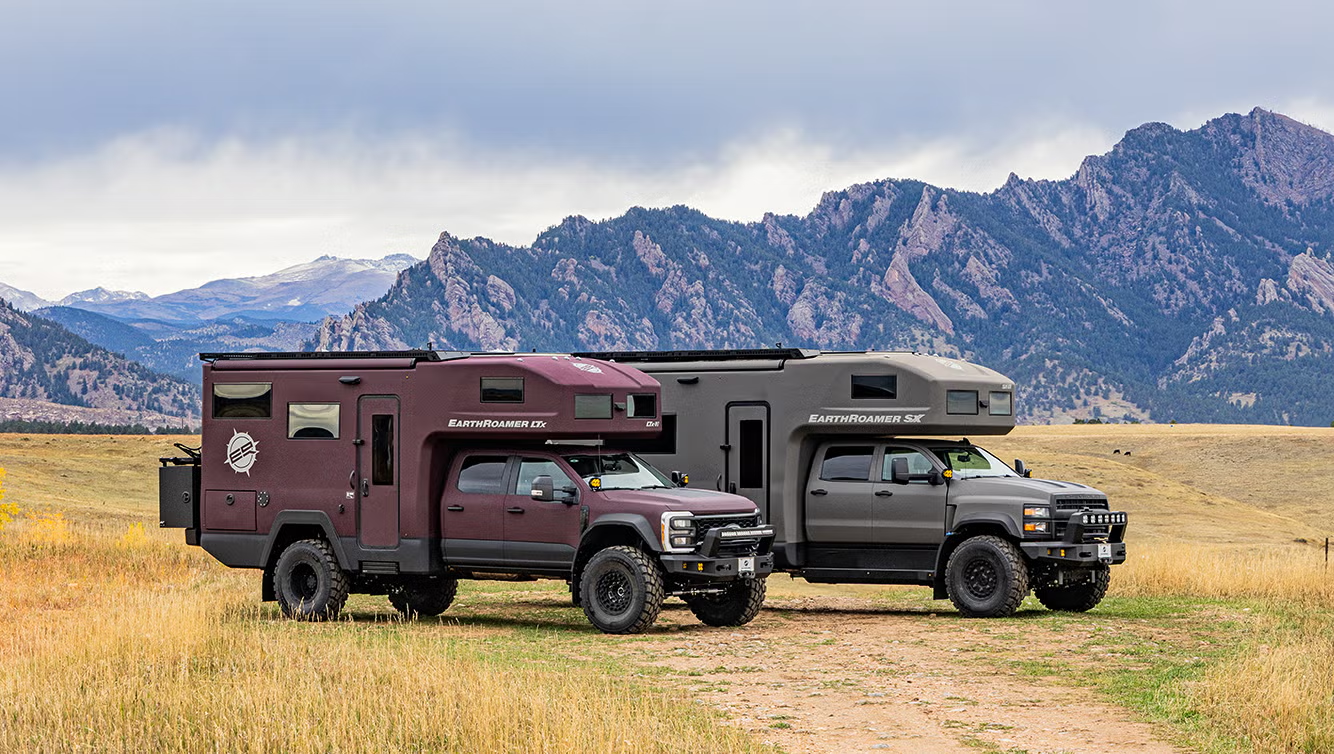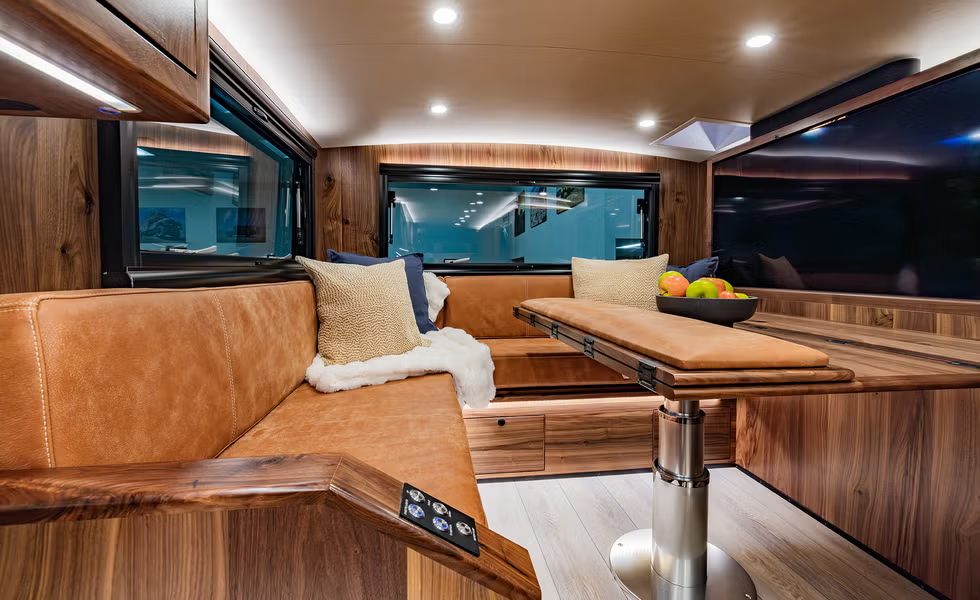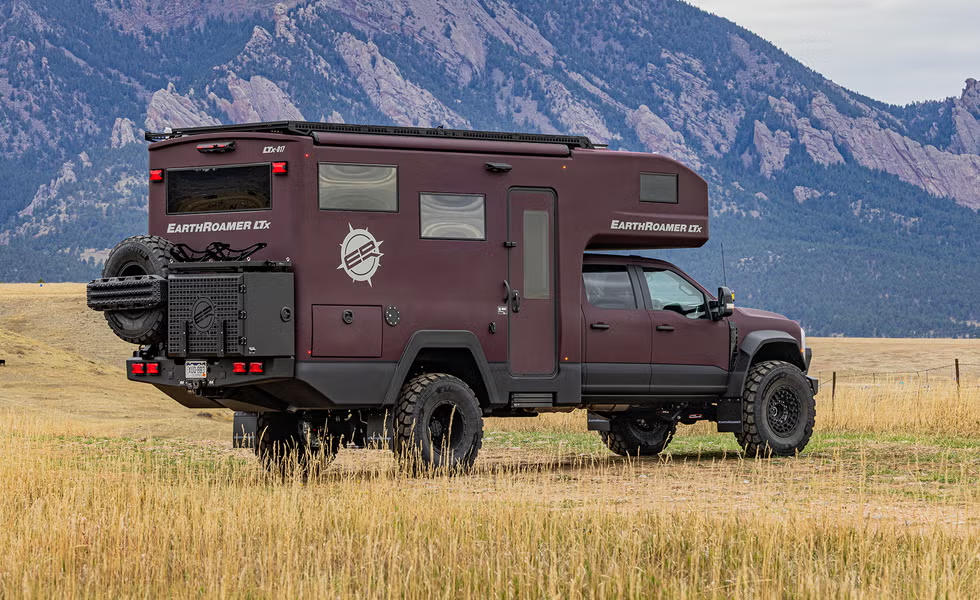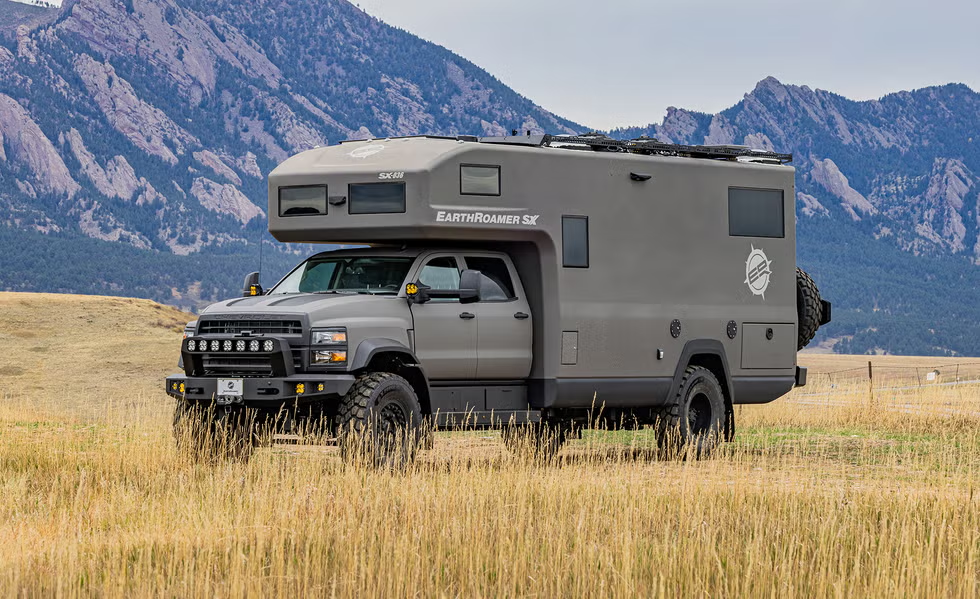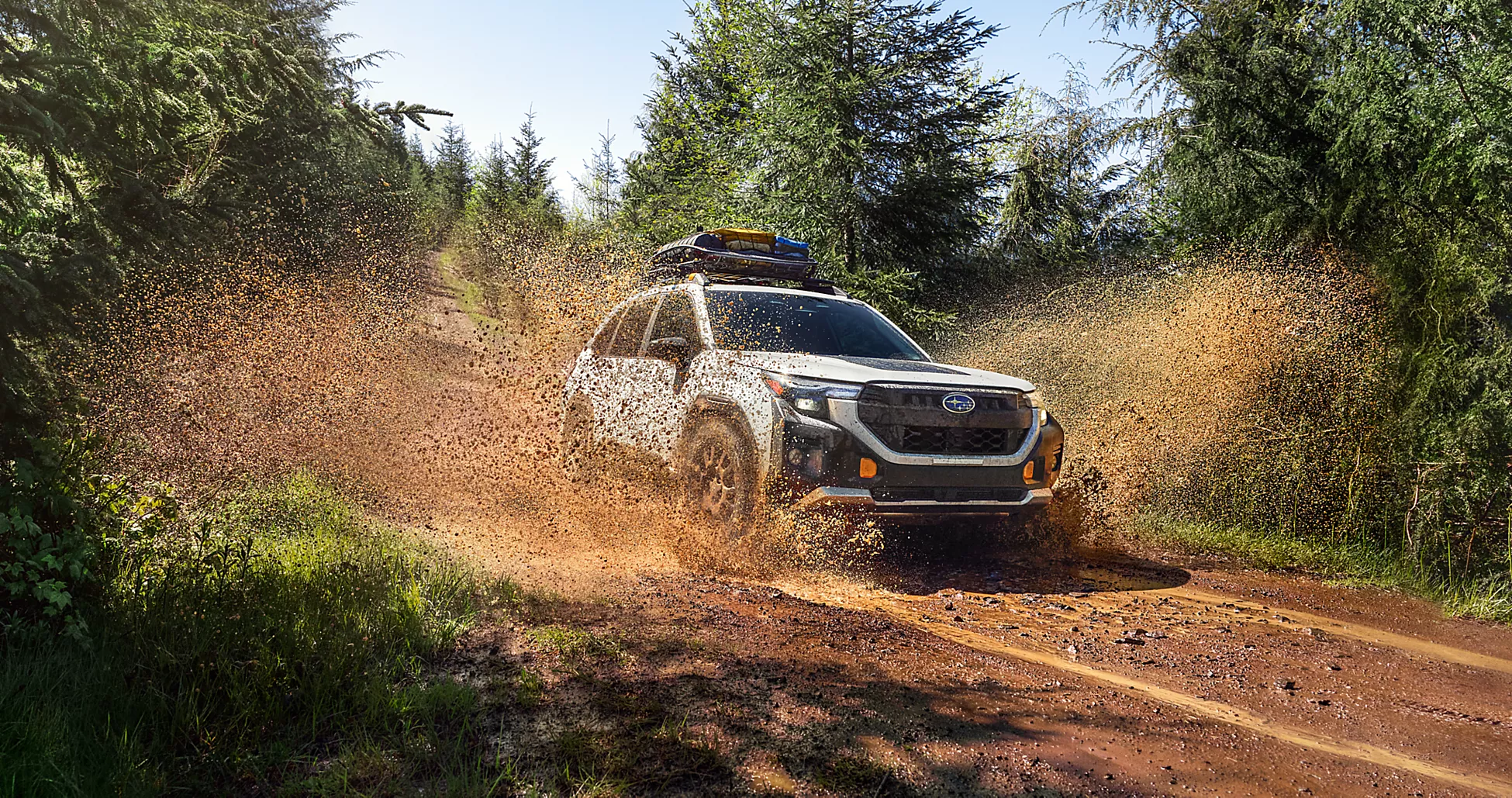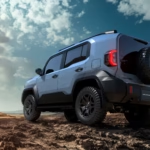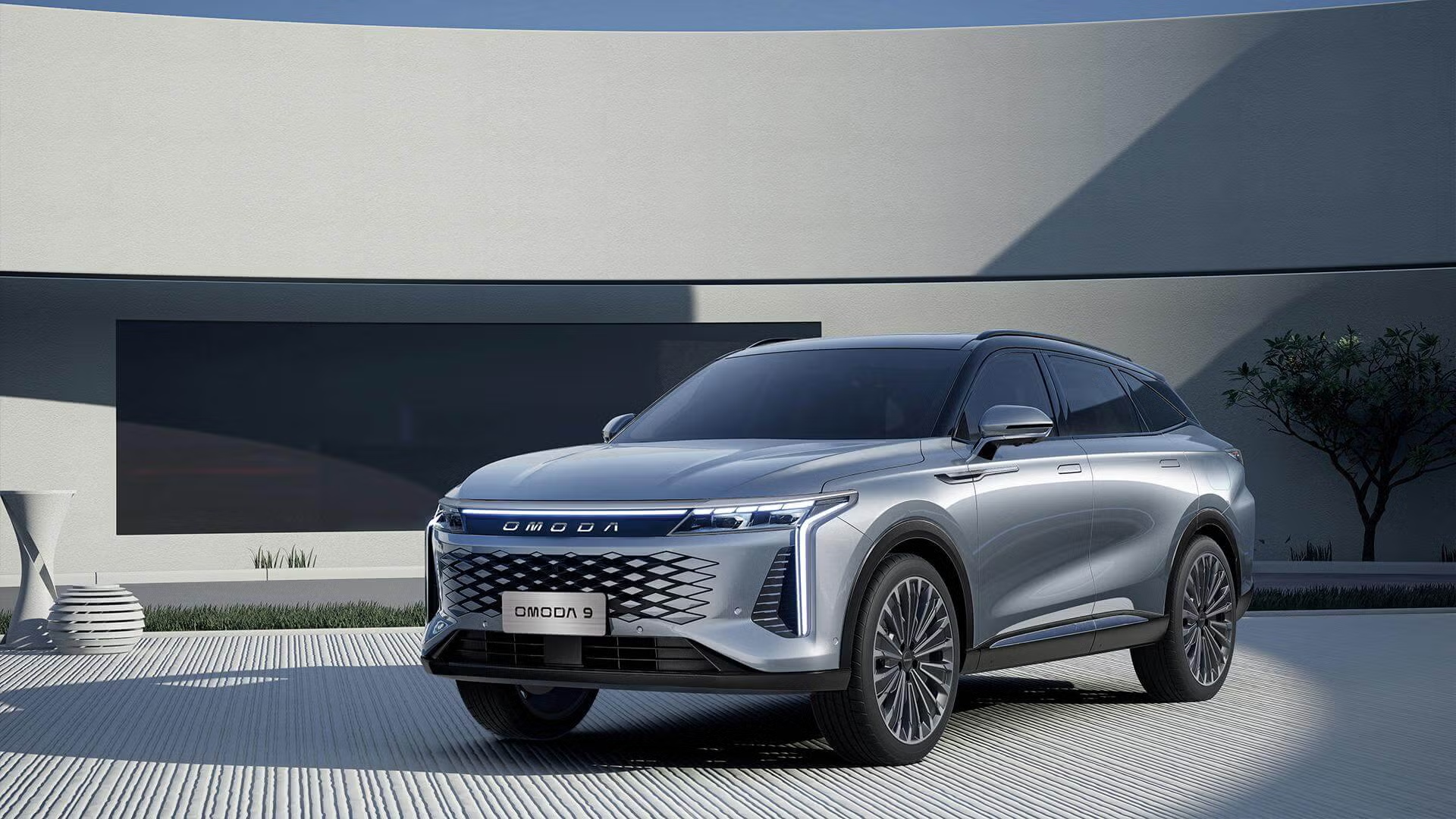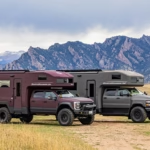EarthRoamer’s Latest Monsters: Million-Dollar Campers That Make Your House Look Small
EarthRoamer just unveiled two new off-road campers, and calling them “big” doesn’t quite capture it. The Colorado company has been building expedition vehicles for 27 years now, but the new LTx and SX 2.0 push things into territory that’ll make you question whether you’re looking at a camper or a small apartment building on wheels.
These aren’t the kind of RVs you’ll see clogging up national park campgrounds during summer vacation. They’re purpose-built for people who want to disappear into remote wilderness for weeks at a time without sacrificing modern comforts—and who happen to have somewhere between $825,000 and $1.09 million sitting around.
What Makes These Different
The most significant technical change across both models is the switch to a 24-volt electrical system. EarthRoamer has built 450 expedition vehicles over the past quarter-century, and every single one ran on 12 volts until now. Moving to 24V isn’t just about keeping up with electrical trends—it enables faster charging of the onboard battery packs.
The LTx packs an 18 kWh lithium-ion battery, while the SX 2.0 carries 24 kWh. For context, that’s roughly the same capacity as a small neighborhood electric vehicle or about 10% of what you’d find in a base Tesla Model 3. But unlike a car, these batteries aren’t powering propulsion—they’re running everything from air conditioning to the refrigerator to the cooktop.
Solar panels can supply up to 1,800 watts now, triple what previous models offered. Combined with a 9,000-watt inverter (also triple the previous spec), you’ve got enough power generation and storage to run a small house off-grid indefinitely, assuming decent sun exposure. The upgraded alternator helps too, keeping batteries topped off while driving between campsites.
The LTx: Ford-Based and “Only” $825,000
Built on a Ford F-550 chassis, the LTx uses a turbocharged 6.7-liter Power Stroke diesel V-8 mated to a 10-speed automatic transmission. That’s Ford’s heavy-duty commercial truck platform, the same bones you’d find under a dump truck or ambulance. Gross vehicle weight rating hits 19,500 pounds—more than four times what a regular F-150 can handle.
The camper shell itself isn’t some bolt-on aluminum box. EarthRoamer builds custom composite bodies designed to flex with the chassis during serious off-road articulation without cracking or separating. This matters when you’re crossing boulder fields or navigating washboard desert roads that would shake a conventional RV to pieces.
Inside, there’s sleeping space for four people. The new L-shaped dining sectional converts into a bed, and there’s a California king bunk up top. The bathroom got upgraded (EarthRoamer’s press materials are vague on specifics, but we’re assuming better fixtures and layout). The Invisacook cooktop hides beneath the countertop—it uses induction heating through the solid surface, so the counter itself becomes the cooking surface when activated.
Refrigerators are larger than before, storage containers more numerous, and there’s a rising television that emerges from somewhere when you want entertainment. The whole interior is designed to not feel like you’re camping in a truck, which is a challenge when you literally are camping in a truck.
Base price: $825,000. That’s before options, which in the EarthRoamer world can easily add another $100K-200K depending on how custom you want to get. For comparison, you could buy a very nice house in most American cities for that money. Or a fleet of regular RVs. Or a Lamborghini and a regular house.
The SX 2.0: Chevy-Based and Completely Absurd
If the LTx seems excessive, the SX 2.0 laughs at your concept of reasonable. This one’s built on a Chevy 6500HD chassis—a medium-duty commercial truck platform normally used for delivery vehicles and small moving trucks. Power comes from a turbocharged 6.6-liter Duramax diesel V-8 connected to a six-speed Allison automatic transmission.
The dimensions are genuinely ridiculous: 34 feet long, eight feet wide, and with seven feet three inches of interior headroom. That’s taller inside than most residential rooms. The carbon-fiber camper shell is significantly larger than the LTx, providing enough space to sleep what EarthRoamer claims could be “the starting lineup of the Colorado Avalanche” (a hockey team has six players on ice at once, so apparently this thing sleeps six comfortably).
Fuel capacity hits 100 gallons. At 10-15 mpg (optimistic estimate for a vehicle this size and weight), that’s 1,000-1,500 miles of range between fill-ups. Two five-gallon black water cassettes handle waste—the cassette system means you can remove and empty them at proper disposal stations rather than needing full hookup RV sites.
The 24 kWh battery pack and 1,800-watt solar array mean you could theoretically run air conditioning, refrigeration, cooking, and lighting indefinitely in sunny climates without ever plugging in or running a generator. That’s genuine off-grid capability that regular RVs can’t match.
Starting price: $1.09 million. That’s not a typo. For reference, that’s more than a Bugatti Chiron, more than most people’s lifetime earnings, and definitely more than I’ll ever spend on a vehicle. The deposit alone is $175,000—which EarthRoamer helpfully notes is “Corvette ZR1-sized,” as if that makes it feel more reasonable.
Who Actually Buys These Things?
The obvious question: who’s dropping seven or eight figures on a camper? EarthRoamer’s customer base reportedly includes tech executives, successful entrepreneurs, retired business owners, and the occasional celebrity. These are people for whom the purchase price is meaningful but not life-changing.
More importantly, they’re buyers who value experiences and access over luxury for luxury’s sake. An EarthRoamer can reach places a traditional motorhome never could—remote beaches in Baja, alpine meadows in the Rockies, desert wilderness areas hours from the nearest paved road. The ability to show up at those places with a full kitchen, comfortable bed, climate control, and unlimited power has genuine appeal if you can afford the entry ticket.
There’s also a segment of buyers treating these as bug-out vehicles or apocalypse insurance. A well-stocked EarthRoamer with full solar and water filtration could theoretically keep you alive and comfortable for extended periods far from civilization. Whether that’s a rational purchase decision or paranoid fantasy probably depends on your worldview and bank balance.
The Technical Reality of Off-Road RVing
Building a vehicle that’s simultaneously luxurious and genuinely off-road capable involves serious engineering compromises. The more weight you add with amenities, the harder it becomes to navigate difficult terrain. The larger and heavier the vehicle, the more ground clearance and articulation you need to avoid getting stuck.
EarthRoamer addresses this with custom suspension systems, huge tires (43 inches on both models), aggressive approach and departure angles, and significant ground clearance. The composite bodies flex with the chassis rather than cracking under torsional stress. Four-wheel-drive systems come from the commercial truck platforms, designed for reliability rather than maximum performance.
But physics can’t be cheated entirely. These vehicles are heavy—likely 15,000-20,000+ pounds fully loaded. That weight limits where you can go, how quickly you can stop, and how much traction you have on loose surfaces. They’re dramatically more capable than conventional RVs, but they’re not rock-crawling Jeeps. Think fire roads, maintained trails, and backcountry exploration rather than hardcore technical routes.
Comparing to Competition (What Little Exists)
The luxury expedition vehicle market is tiny but growing. EarthRoamer’s main competitors include SLRV (Australian-based), GXV (also American), and Bliss Mobil (European). All occupy similar price ranges and capability levels, with slight variations in approach.
SLRV builds on various truck platforms including Kenworth and Freightliner, often going even larger than EarthRoamer’s offerings. GXV focuses on customization and offers more adventure-focused features. Bliss Mobil emphasizes global expedition capability and designs for international travel.
Traditional RV manufacturers—Winnebago, Airstream, Thor—operate in completely different markets. Their products cost 90% less but can’t go 10% of the places an EarthRoamer can reach. It’s not really a comparison; they’re solving different problems for different buyers.
The closest parallel might be yacht ownership. Nobody needs a 60-foot sailboat, but if you value ocean access and have the resources, it provides experiences that smaller boats or land-based vacations can’t match. EarthRoamers occupy similar psychological and practical territory—they’re tools for accessing experiences that justify their cost to the people who can afford them.
SEMA Display and Availability
Both models will appear at the 2025 SEMA Show in Las Vegas, November 4-7. SEMA isn’t primarily a consumer show—it’s an automotive specialty equipment trade event—but it attracts massive crowds interested in seeing the wildest custom builds and concept vehicles.
EarthRoamer’s SEMA presence serves multiple purposes: it reinforces their position as luxury expedition leaders, generates media coverage (like this article), and lets potential buyers see the vehicles in person. At million-dollar price points, nobody’s buying without extensive personal interaction and probably a test drive.
Lead times for both models likely stretch months or years. These aren’t production-line builds; each one is semi-custom based on buyer specifications. EarthRoamer’s Colorado facility has limited capacity, and with deposit requirements in the six figures, they’re carefully managing order books to ensure they can deliver quality.
The Value Proposition (If You Can Call It That)
Is an $825,000-$1,090,000 camper “worth it”? That question only makes sense in relative terms. Worth it compared to what? Worth it for whom?
For someone who spends 50+ nights per year traveling to remote locations and values comfort, reliability, and capability above all else, an EarthRoamer could be justified. Spread the cost over 10-15 years of use, and it’s not astronomically different from owning a high-end RV plus a serious off-road truck plus the hotels and logistics you’d need to reach similar destinations.
For most people, including most wealthy people, spending seven figures on a camper makes zero financial sense. You could rent luxury RVs for decades for that money. You could stay at five-star resorts worldwide. You could buy and maintain a vacation home.
But financial logic doesn’t always drive luxury purchases. People buy Ferraris that barely fit two people and get 12 mpg. They buy yachts that sit in marinas 300 days per year. They buy mountain homes they visit twice annually. The EarthRoamer occupies similar territory—it’s an aspirational purchase that enables a specific lifestyle if you have both the resources and the interest in that lifestyle.
What This Says About the Market
EarthRoamer’s continued expansion and price increases suggest strong demand in this rarefied niche. The company has steadily grown over 27 years, now employing dozens of people and maintaining a healthy order book. They wouldn’t be investing in new models and upgraded technology if the market was soft.
The shift to 24V electrical systems and increased power capacity reflects broader trends in RV design. Even conventional RVs are adding more solar, larger battery banks, and better inverters as buyers seek off-grid capability. EarthRoamer is simply pushing this trend to its logical extreme—no generators needed, unlimited stay time anywhere with sun, genuine energy independence.
It also reflects the growing gap between luxury and mainstream in nearly every product category. The wealthiest buyers are willing to spend exponentially more for marginally better experiences. An EarthRoamer isn’t 100 times better than a $10,000 used RV, but it might be 10 times better for someone who values the specific improvements it offers.
Whether that trend is sustainable long-term is anybody’s guess. But for now, EarthRoamer seems confident that enough buyers exist who want the absolute best off-road camping experience money can buy—and are willing to pay whatever it costs to get it.
